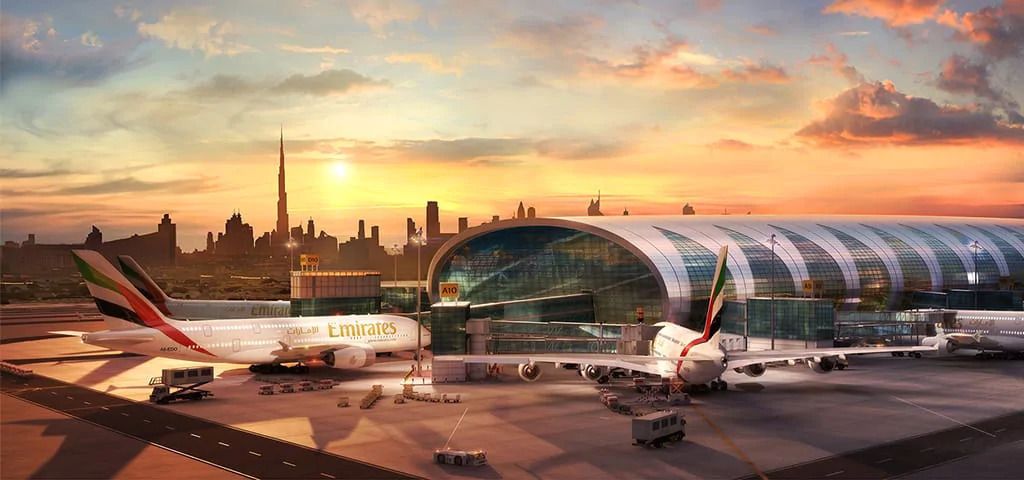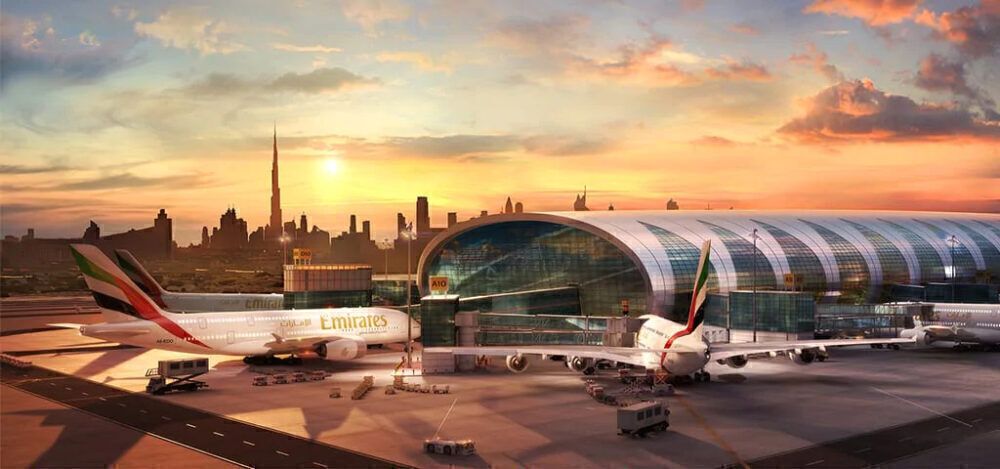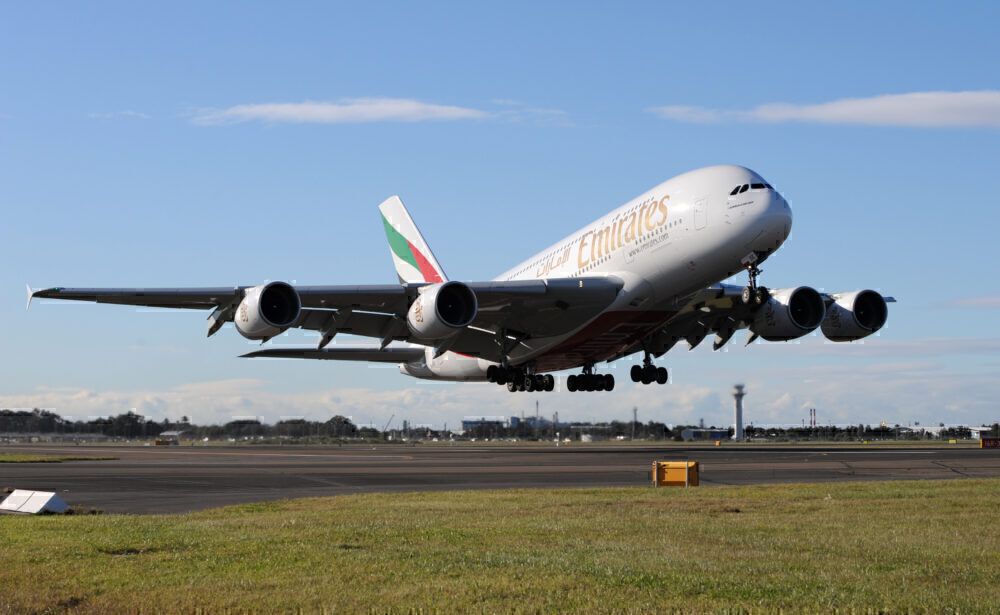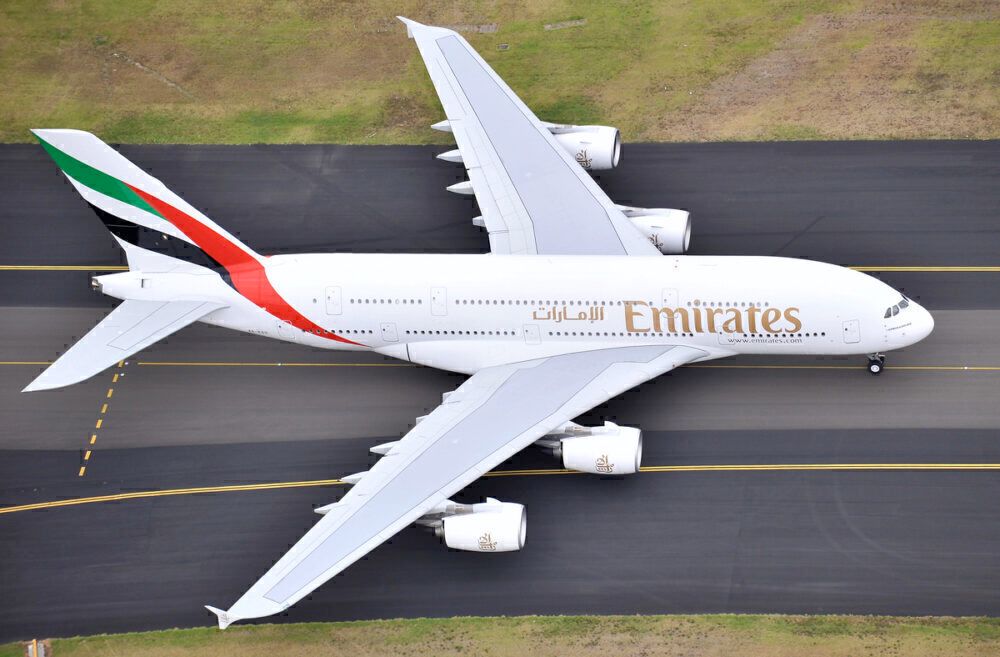Emirates had identified an opportunity to connect passengers from all around the world through Dubai early in its inception. The carrier saw how society was becoming more globalized in the 1980s and 1990s, and it was keen to provide solutions to serve travelers with its early Airbus A310 widebodies. This operation scaled up rapidly throughout the years and has enabled Dubai International Airport (DXB) to become a mega-hub today. Emirates president Sir Tim Clark spoke to Simple Flying about the significance of the airport.
Part of a wider operation
Clark was asked about the tradeoff between capacity and frequency when it comes to Emirates’ operations. The executive explained that both factors are crucial to balancing the network, and DXB’s role is crucial in this respect. The hub’s location, facilities, and most notably, aircraft, enable it to transport passengers from across the continents seamlessly to their destinations.
“It is a combination of both because as you know, we don't have any single-aisle aircraft. And we've been busy applying. It's about the scaling of the operation. The notion that we would have six 380s into Heathrow, three into Gatwick, two into Birmingham, two into Manchester, and one into Glasgow a day. The 380 operation - is it one or the other? No. It is a combination of the two and it stands testament to the quality of the 380 because, as you know Heathrow slots are restricted Hong Kong slots are restricted, every single major hub is restricted on slots. So, if you want to put a 787 in there to Heathrow slot where you could put a 517 seater 380, it doesn't take long to get to (the maximum) on that. If you can put six in there a day, again it just tells you of the power of that airplane,” Clark told Simple Flying.
“So, we do follow the frequency argument, but with large airplanes, which is why people have felt fairly challenged by what we would do, having sort of two 380s into somewhere like Dusseldorf a day prior to all this happening, three into Munich, and of course the Hamburg airport had to be adapted to take the 380, which they willingly did. As soon as they finished it, we put the 380 in there and we still have two Hamburgs today, one of which is the 380. So, it's a combination of the two, the power of a hub allows us to take these large volumes and feed. One flight will feed 80 destinations within two hours of arriving. So, you can imagine the incremental revenue that we gain at incremental costs. So, as that hub gets larger, its unit costs fall and its income generation rises exponentially.”
Changing requirements?
When asked about the concerns across the industry if hubs will make a comeback in the post coronavirus realm, Clark shared that he doesn’t share the view that the hub and spoke model is over. Ultimately, the medium to long-haul hub of DXB is one that will retain and grow over time.
The executive expresses that the sentiment of having twinjets flying nonstop on routes such as Washington to Dar es Salaam and carry sufficient passengers to make money is a challenge. He shares that it is far easier to fly from Washington to Dubai on a 380 and within two hours head to Dar es Salaam via a connection. Notably, the Dar es Salaam flight would have fed from 30 or 40 other flights. So, if there are ten people from each service, it all adds up.
Clark does agree that a direct approach can work in certain aspects. For instance, the A321XLR and 737 MAX could provide greater opportunities for narrowbody operations. However, the president affirms that the current hub model is far from over.
Here to stay
Emirates doesn’t see any reason to adjust its hub model whatsoever. It has established itself as a medium to long-haul international carrier and it was a unique achievement to get to the scale and size that it did.
Stay informed: Sign up for our daily and weekly aviation news digests.
The company had 4.5 billion passenger movements a year before the pandemic, amid the industry-wide difficulties, this figure has now shrunk to at least 500 million. Nonetheless, Clark is confident that the firm will recapture the curve in 2022 amid an abundance of pent-up demand. Moreover, Dubai's sharp increase in popularity as a tourist destination adds to the airport's prominence in the next chapter.
What are your thoughts about the role powerful role of Dubai International Airport? How has your experience been when flying through the hub over the years? Let us know what you think in the comment section.




